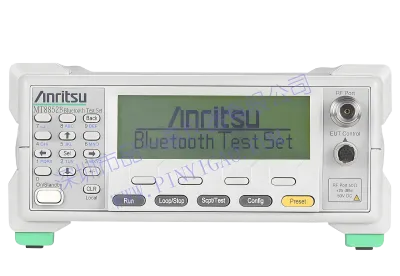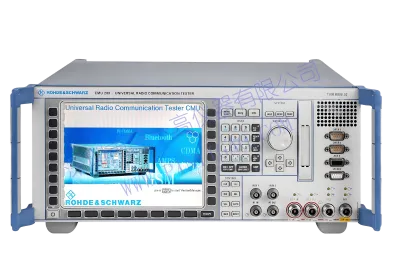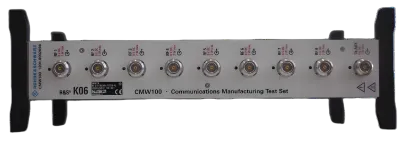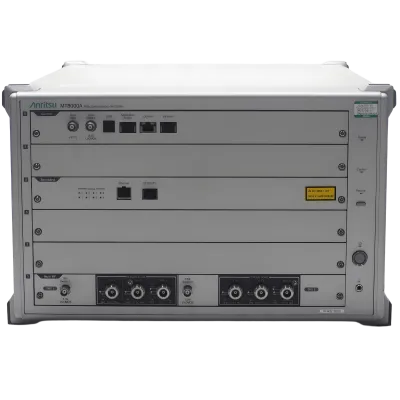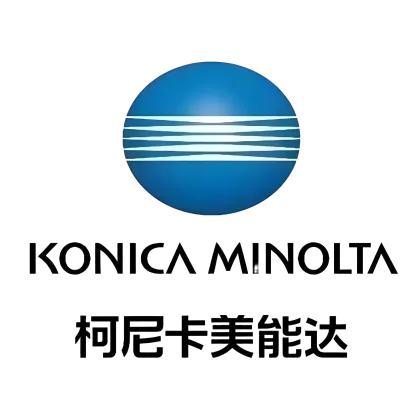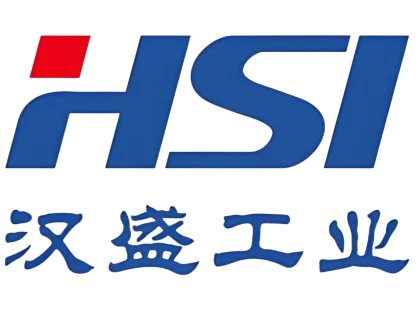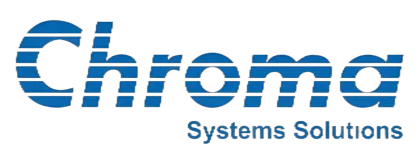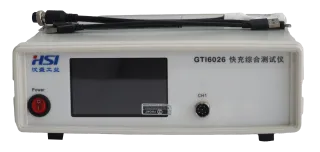
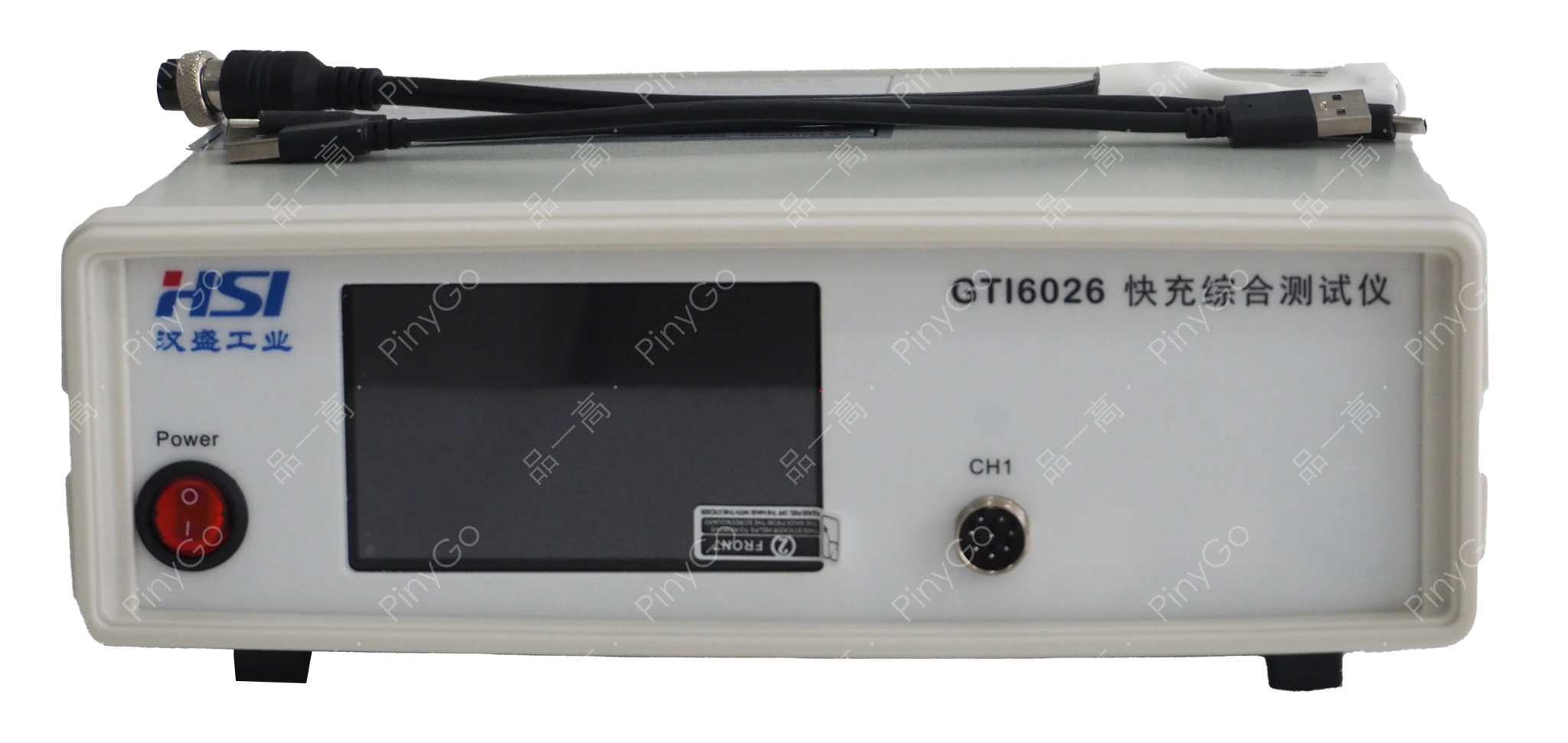
CTI6026 Fast Charging Tester
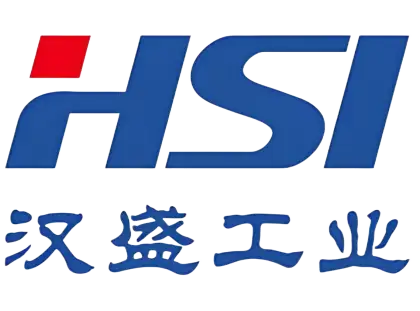
Manufacturers
汉盛工业
Other Recommendations
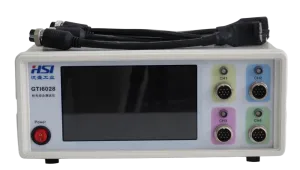
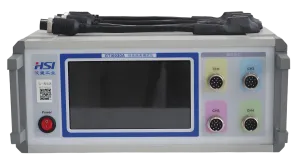

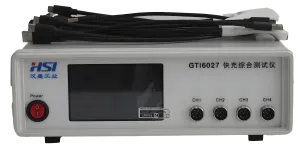
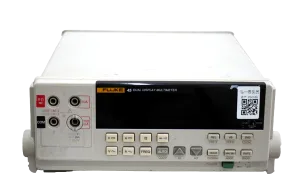


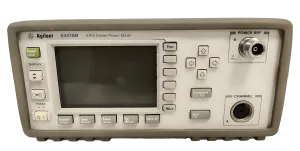
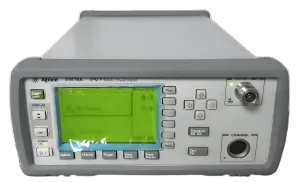
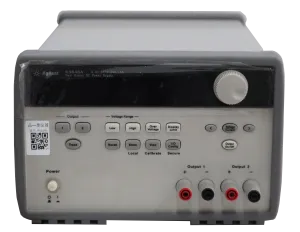

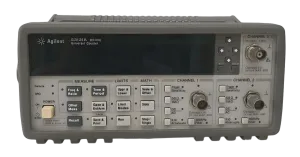
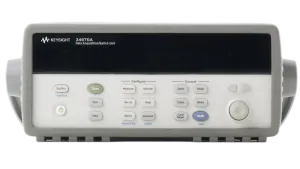

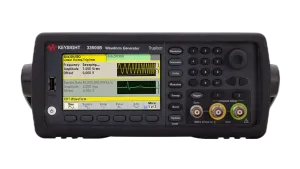
65W Full-Protocol Fast Charging Test (30V/5A), Type-C Auto-Orientation Detection, Plug-and-Play for High-Efficiency Production Lines
🔌
QC/PD/PPS protocols, wall/car/wireless chargers (Source: Input description)
🔄
CC cable reverse insertion detection (Source: Input description)
📊
Plug-and-play + one-touch configuration (Source: Input description)
| Core Parameter | Specification | Production Value |
|---|---|---|
| Power Range | 30V/5A (65W max) | Covers mainstream consumer fast charging needs |
| Measurement Capability | Voltage, current, D+, D- parameters (high precision) | Multi-dimensional functional verification in one device |
| Automation Interface | External trigger signal (compatible with line robots) | Integrates into full automation, reduces manual intervention |
Core Production Line Advantages
Cost Reduction & Efficiency: Auto-orientation reduces 50% plugging operations, plug-and-play cuts test time to 20s/unit (vs. 45s)
Lower Skill Threshold: One-touch "Wall/Car/Wireless Charger" templates enable novice operators in 10 minutes (60% less training)
Broad Compatibility: Supports QC3.0/PD3.0 protocols, one device fits multi-brand chargers (30% less equipment procurement)
Technical Deep Dive
Technical Architecture Analysis
Three-layer "Protocol Auto-Detection + Smart Load Control + High-Precision Acquisition" architecture:
1. Protocol Layer: Dynamic protocol parsing engine recognizes QC/PD/PPS handshake signals, auto-configures test parameters (no manual switching)
2. Load Layer: 30V/5A programmable electronic load supports CV/CC mode switching, simulates phone/tablet charging demands
3. Acquisition Layer: 16-bit ADC achieves 1mV/1mA resolution, D+/D- signal detection captures full charging handshake process
| Test Phase | GTI6026 Workflow | Traditional Tester Workflow | Efficiency Gain |
|---|---|---|---|
| Type-C Insertion | Auto-detects orientation (any direction) | Manual orientation (15% failure rate) | 1 less plug/unplug per unit, 30% less mechanical wear |
| Protocol Testing | Auto-protocol recognition (1s handshake) | Manual protocol selection (5s switching) | 4s/unit saved, 11hrs/day at 10k units |
| Result Judgment | Auto PASS/FAIL with data logging | Manual data recording (error-prone) | Error rate reduced from 3% to <0.5% |
Wireless Charger Module Production Test Workflow
System Deployment: Tester fixed at production station, external trigger connected to conveyor sensor (auto-triggers test when module arrives)
Connection: Robotic arm inserts Type-C plug into wireless charger input (no orientation check), auto-detects connection (3s preparation)
Automated Testing:
- Protocol: Recognizes PD2.0 support, requests 5V/9V/12V
- Load: Simulates phone receiver (0.5A-5A dynamic current)
- Acquisition: Records output voltage (±10mV), efficiency (0.1% resolution), D+/D- signalsOutput: Robotic arm unplugs after test, LED shows PASS(green)/FAIL(red), data uploaded to MES (full traceability)
Usage Precautions
1. For high-frequency testing (>1000 units/day): Inspect Type-C plug wear every 2 hours (contact issues affect accuracy)
2. Testing >65W chargers (e.g., 100W laptop): Manually limit current ≤5A (only verifies protocol/low-voltage parameters)
3. At ambient >40°C: Enable cooling fan (auto-reduces measurement frequency for hardware protection)


